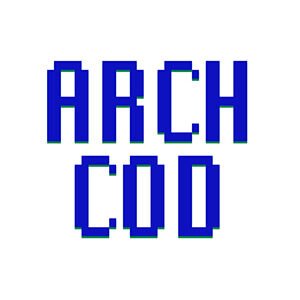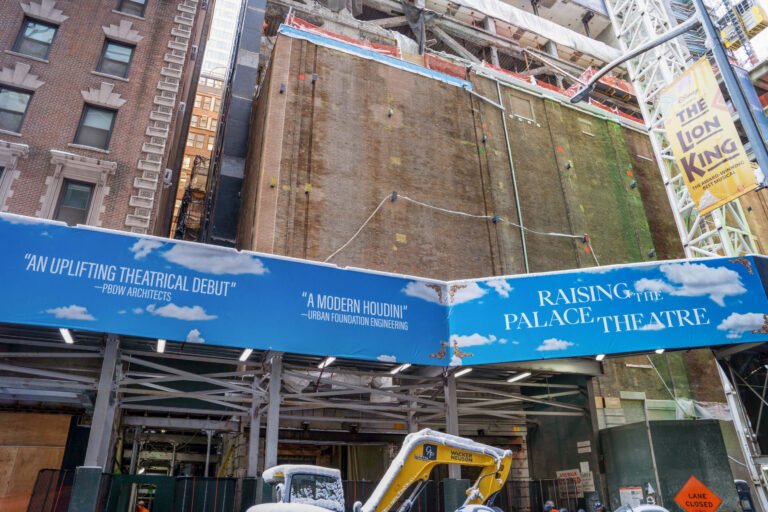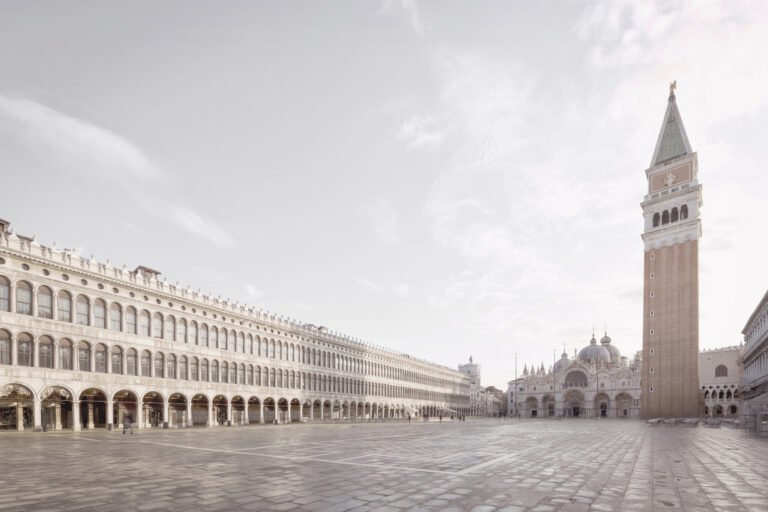Take an Exclusive Look Into the Studio—and Life—of Architect Santiago Calatrava
An early morning, spent at home
“Each morning, my journey begins exactly at six,” the affable Calatrava says. “I pour coffee, feed our family dog, Stella, then let her roam the yard.” It’s these early morning obligations, the architect explains, that keep him grounded and focused in routine. “Then, I ride my bicycle 20 minutes to a local tennis club near Lake Zurich.” After playing for an hour, he cycles home. With a shower and breakfast out of the way, Calatrava begins his first salvo into creative rigor. “On the third floor of my house, I have an atelier that I use to paint from nine to noon.” The Spanish architect is as deft at wielding a paintbrush on canvas as he is at taking a pencil to drafting paper. (In his hometown of Valencia, Calatrava was first enrolled in an art school at a young age.)
To walk through his atelier is to roam his mind. Paintings can be seen of a charging bull, a skeletal hand, bodies suspended mid-dance, and a dove mid-flight. “I find much beauty and inspiration in the natural world,” Calatrava admits. This inspiration is apparent to anyone who has looked at one of his completed structures, making Calatrava more of an alchemist than architect. He has a way of manipulating steel, glass, and concrete into something soft, even ephemeral. Examples abound: a tower that reads as a torso (Malmö, Sweden), a communications building that recalls a flame (Barcelona), a museum reminiscent of a flying bird (Milwaukee), a pedestrian bridge more like a pair of tango dancers than a mere structure (Buenos Aires).
At the studio by 1 p.m.
After the paintbrushes are left to dry, Calatrava eats lunch downstairs. Then, it’s less than a 10-minute drive from home to the studio, where he arrives around 1 p.m. The work space is located in an early 20th-century residence near the northern tip of Lake Zurich. Once owned by a prominent local brewing family, this space is where the architect has worked since 2002. Today, the house turned studio is a blend of old-world charm and no-nonsense Swiss organization.
It’s in this office of 30 employees that Calatrava embarks on what he declares the everyday job of an architect. “Since I am an engineer by education, the material parts of the architecture are very clear to me. But there’s so much more to consider. A successful architect needs to be like the director of an orchestra. It’s in the finding of a good contractor. It’s in working with the unions, working with the finances, working with the limitations of the land, the limitations of the local zoning laws. These tasks can be viewed as mundane, but the importance of them cannot be exaggerated.”



